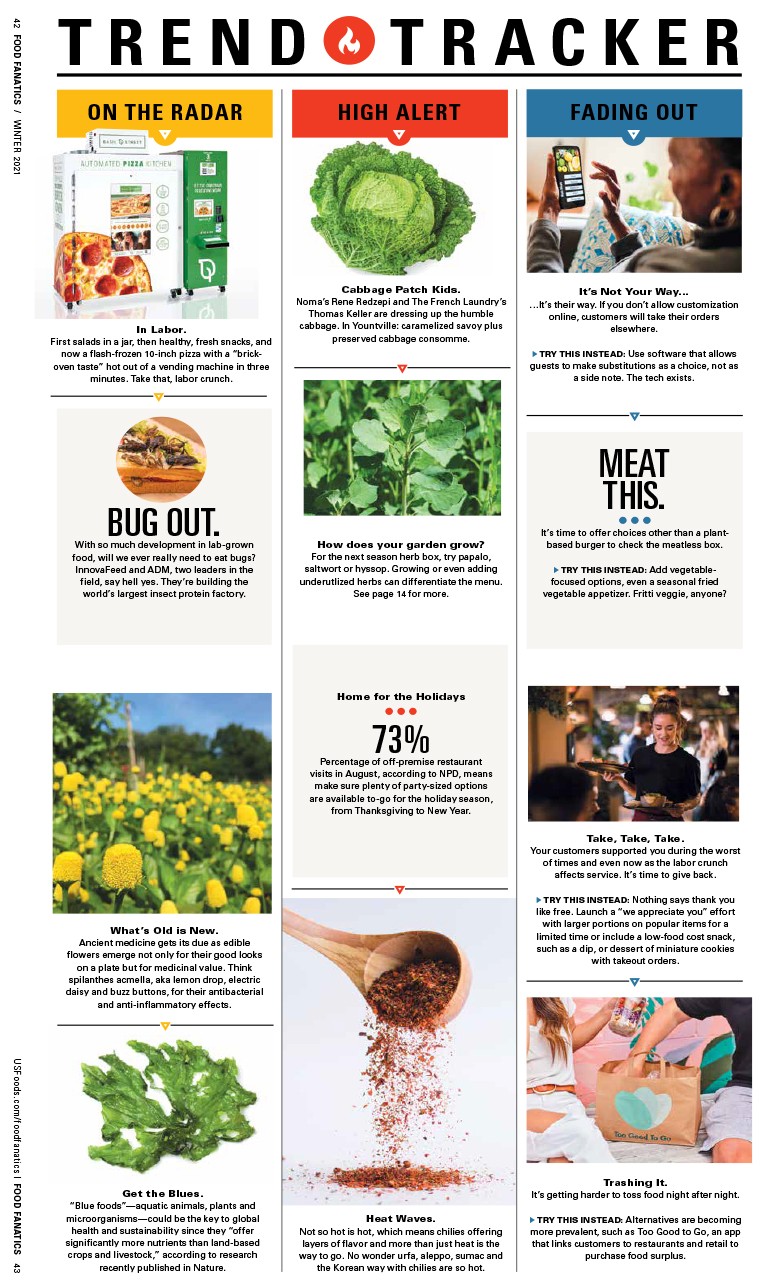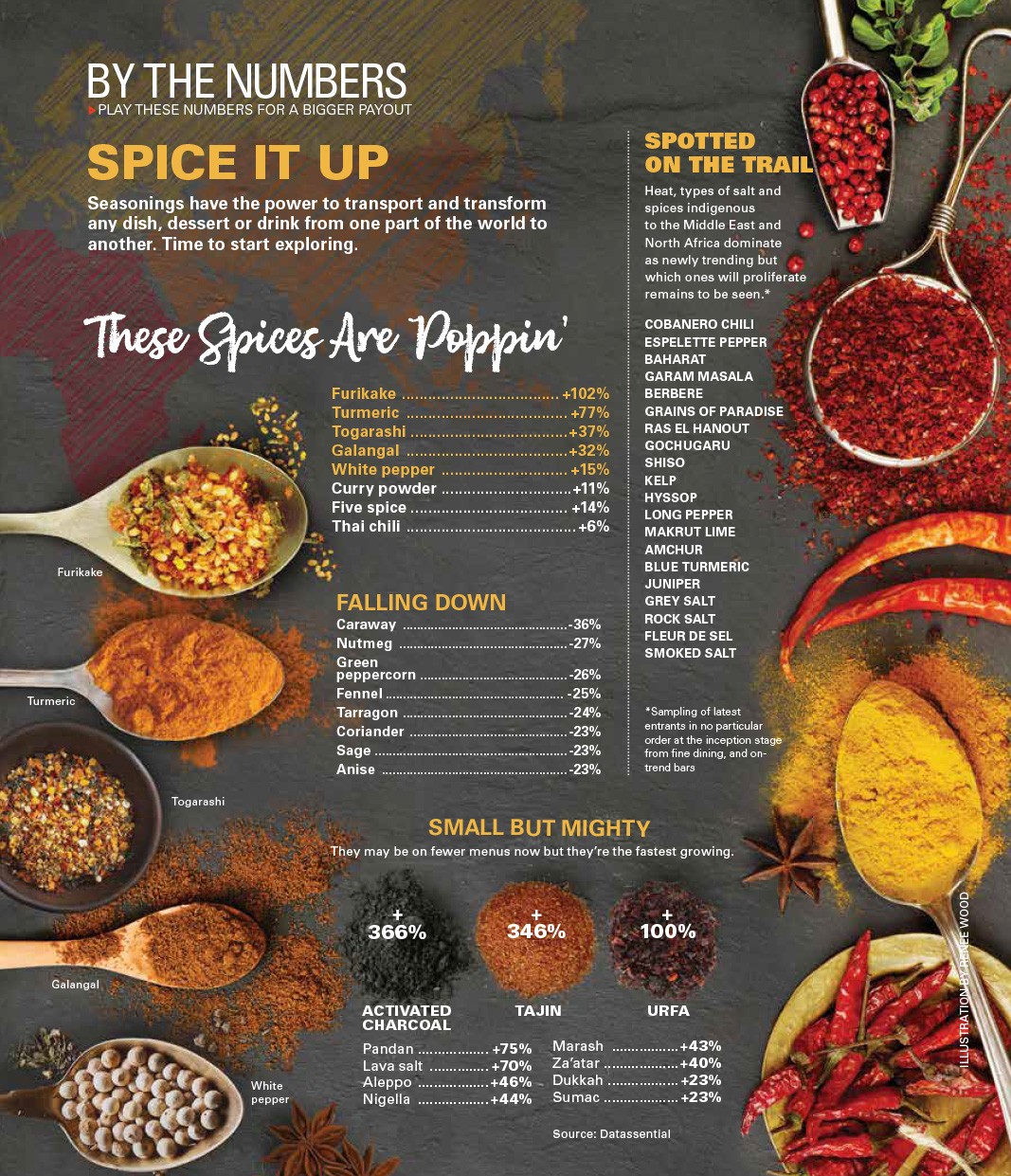Develop Emotional Connections with Diners to Cultivate Loyal Customers
In today’s ultra-competitive market, the best way to reach a diner’s stomach may be by aiming straight for the heart.
Good food and great service are still prerequisites for success; but recently, it’s become clear that operators who wear their hearts on their sleeves ¬– either by leveraging emotions or pushing positive narratives – have a greater chance of winning over diners.
“Anyone can make a great chicken pot pie or pour a terrific glass of beer, but (forging) an emotional connection with customers is one thing a restaurant can do differently,” says Marlo Fogelman, principal with Marlo Marketing, a Boston and New York-based restaurant marketing firm.
Dining out is a memory in the making, which suggests operators should pay as much attention to the feelings evoked by a meal as the flavors on the plate.
Operators who analyze the emotional triggers that lead diners to choose one restaurant over another have a leg up on attracting millennials and cultivating loyal customers. And unlike other upgrades, tapping into feelings is a relatively inexpensive proposition, evidenced by the success of these feel-good strategies.
CREATE FOOD BIOGRAPHIES
The more you can build engaging stories around your food, the better, says Andrew Freeman, founder of San Francisco-based restaurant branding consultancy AF&Co. Copita Tequileria y Comida in Sausalito, California, launched a weekly promotion called “52 cousins,” which paid tribute to members of consulting chef Daniel Tellez’s extended family. Each week, the restaurant pro led one of Tellez’s cousins and one of their favorite dishes as a special. It was a fun, educational exercise that created a personal connection with guests and provided them a reason to return.
INITIATE THE ‘CHEERS’ EFFECT
Ensure bartenders remember a regular’s favorite drink, hosts greet parties by name, and managers visit every table. Quality people skills still matter, even if your POS system can catalogue preferences and spending habits. “There’s a clubby aspect to being on the inside,” Freeman says.
UPLOAD SOME HAPPINESS
Build marketing messages around photos of frivolity, not just pics of food and cocktails. “If you look at social media feeds, most restaurants are playing the hunger card,” says Donald Burns, a restaurant consultant based in Albuquerque, New Mexico. To stand out, Burns suggests snapping photos of guests and staff members having a good time, to plant the seed that diners will have fun if they book a table. Leverage your concept’s strengths. Casual spots can upload humorous posts or explain why a dish has a “punny” name. Others might evoke nostalgia by using historical photos or music. And if you’re a neighborhood spot, highlight your local charitable efforts.
CREATE COMING ATTRACTIONS
Russell House Tavern, a Boston restaurant that opened in a historic building in 2010, secured a high-profile chef, mixologist and operating group, resulting in media interest before its doors opened. To whet the public’s appetite, Marlo Marketing helped create a series of blogs that explored the evolution of the menu, glassware and design elements. The media leaked details to their readership, who then followed the restaurant’s progress on social media. Russell House boasted a strong showing right out of the gate; but if you’re already established, do the same for dishes or cocktails that will debut in the future.
STAGE A COLLOQUIUM.
Today’s guests are hungry to learn about more than just where their food came from. “Now it’s about how things are prepared, whether it’s nose-to-tail cooking or sustainable seafood. Restaurants are being used as platforms for social interests,” Freeman says. Plan special events where guests can delve deeply into a topic. Bluestem Brasserie in San Francisco runs quarterly Seeds for Conversation events, bringing in farmers, ranchers and other suppliers to discuss their methods and challenges.
COOK WITH THEM.
Cooking classes can give regulars a way to forge lasting bonds with the staff. Eastern Standard, a bustling Boston American brasserie that’s popular among Fenway Park baseball fans and Boston University students and staff, recently launched a series of sold-out cooking classes. About three-quarters of participants were new faces who subsequently became regulars.
REPLY TO COMPLAINTS.
Kvetching about restaurants on social media is common, but restaurants that handle gaffes deftly can create a lasting halo effect. It’s important that the owner or managers are listening. “People just want to be heard,” Fogelman says.



